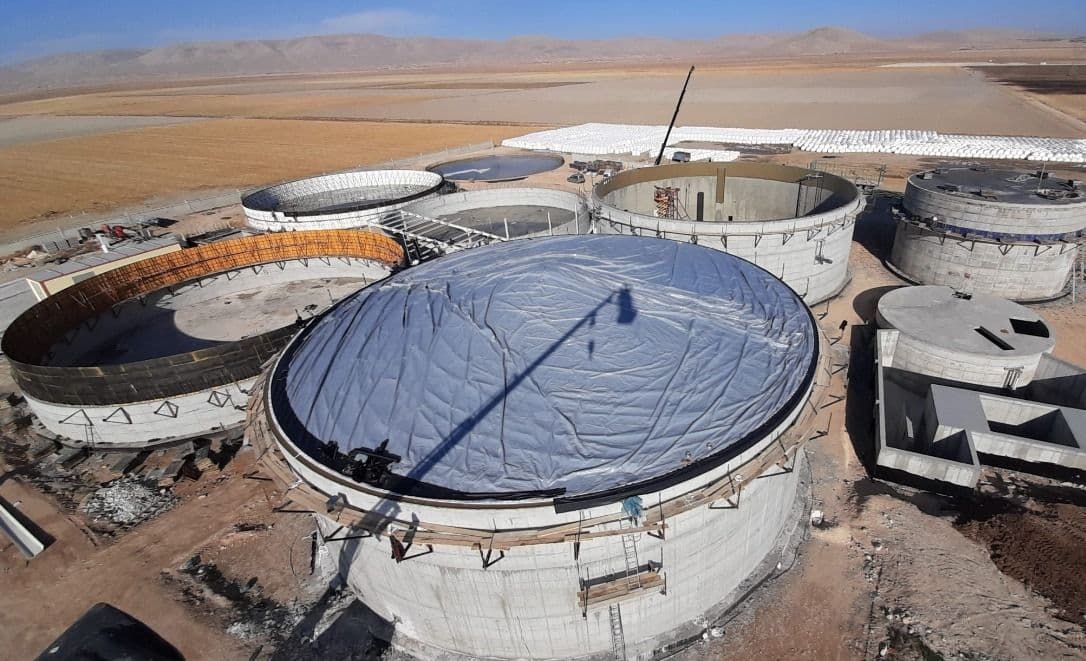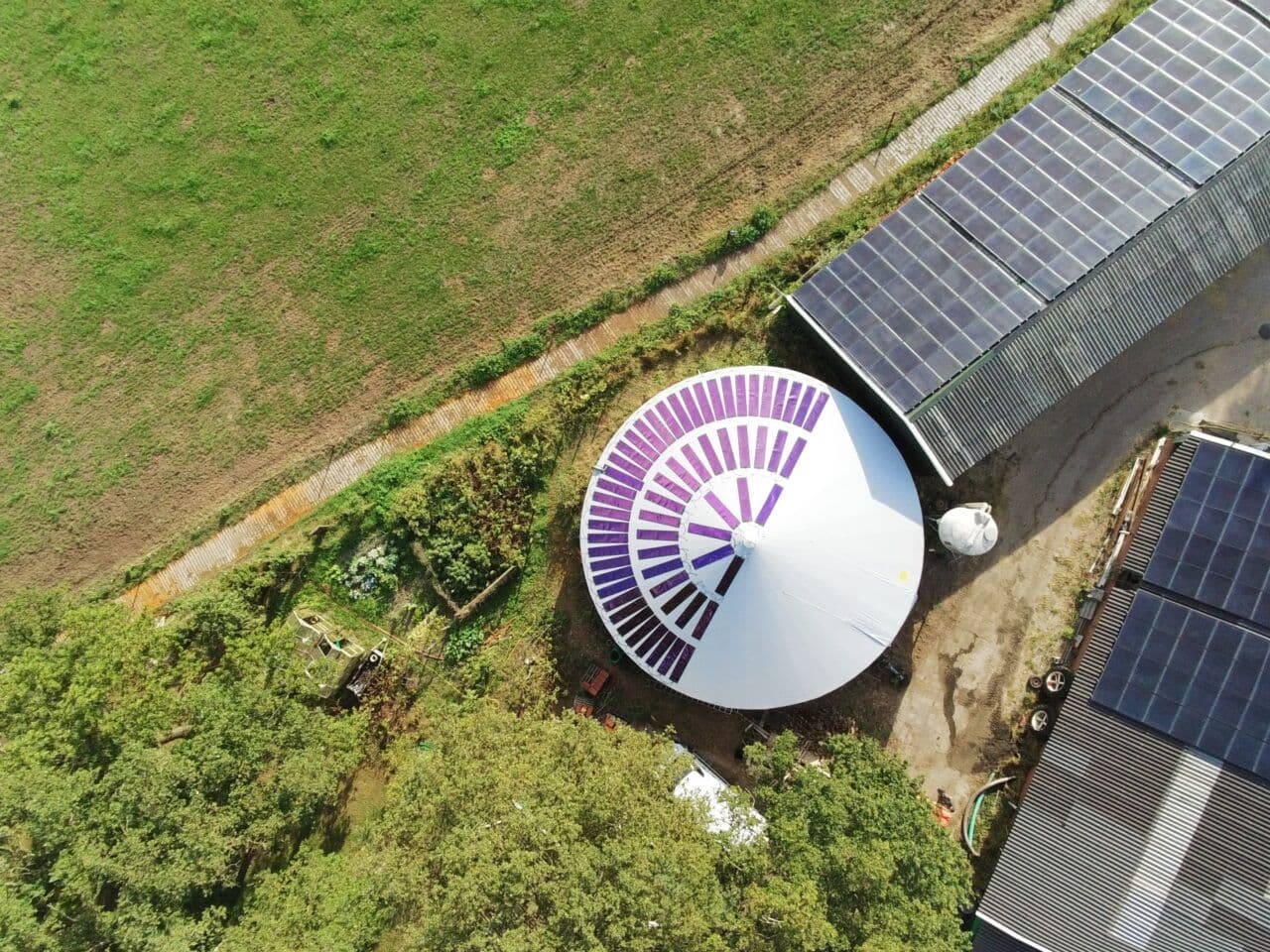
WHAT IS THE DIFFERENCE BETWEEN EPDM AND PVC ROOFS?
PDM and PVC are both polymers, or commonly known as plastics, who are often used in roofing systems
EPDM stands for Ethylene Propylene Diene Monomer, which is a type of synthetic rubber.
PVC stands for Poly Vinyl Chloride which is a thermoplastic.
Meaning it can be melted down and molded, after which it can be cooled, to gain back a solid form.
Both polymers can be used for roofing purposes. Sometimes on typical flat roofs, but also in biogas roofing systems. Each polymer has its own properties and limitations.
This article will explain the differences and why one polymer may be more suited for roofing systems than the other.
EPDM
EPDM has been in use for roofing for over 40 years. It’s made up mostly of oil based by-products, mixed with different amounts of modifiers and stabilizers for the application it is used in. Its molecular structure has a single bond, making it extremely resistant to weather influences, as ozone and UV rays aren’t able to break the structure apart the same way it does with rubbers which have double bonds.
EPDM is a strong foil, making it puncture and crack resistant. It has good flexibility in low-temperatures, meaning it can last for 12 to 25 years. Lastly, EPDM is a low-cost option when it comes to roofing material.
EPDM’s vulnerability is its resistance to oil and other solvents. Furthermore it cannot be welded using high frequency, only by using hot air or special glue.
This means that the seams are not as strong as other materials which can be welded using high frequency.
PVC
PVC was initially produced to address the shortcomings of EPDM. It’s main benefit is it’s longer lifespan. PVC is less vulnerable to chemicals and oils. Its resistance to weather influences is comparable to EPDM, but overall PVC is more durable.
PVC can even be considered to be more eco-friendly than EPDM, as it uses 50% less fossil fuels to be manufactured. The gas permeability of PVC is also lower than EPDM. EPDM stretches out more when it expands, leading it to become thinner and gas is more likely to pass through.
These facts, combined with the possibility of high frequency welding, which creates more stronger seams, are some of the reasons PVC is almost universally used in the biogas industry as a covering foil. The only disadvantage PVC has over EPDM is the costs.
PVC is more expensive to produce, and high frequency welding is also more costly than hot air welding, Although PVC is more expensive, it can be argued that the benefits far outweigh the negatives. At MSE we produce all our roofs with PVC.
We provide different types of foil, depending on the features of each roof needs. All our roofs are also high frequency welded. This enables MSE to provide a high quality product and offer 5 years of 100% warranty on our materials and production failures. At MSE we only sell the best quality roofs, to help cover a greener future!


